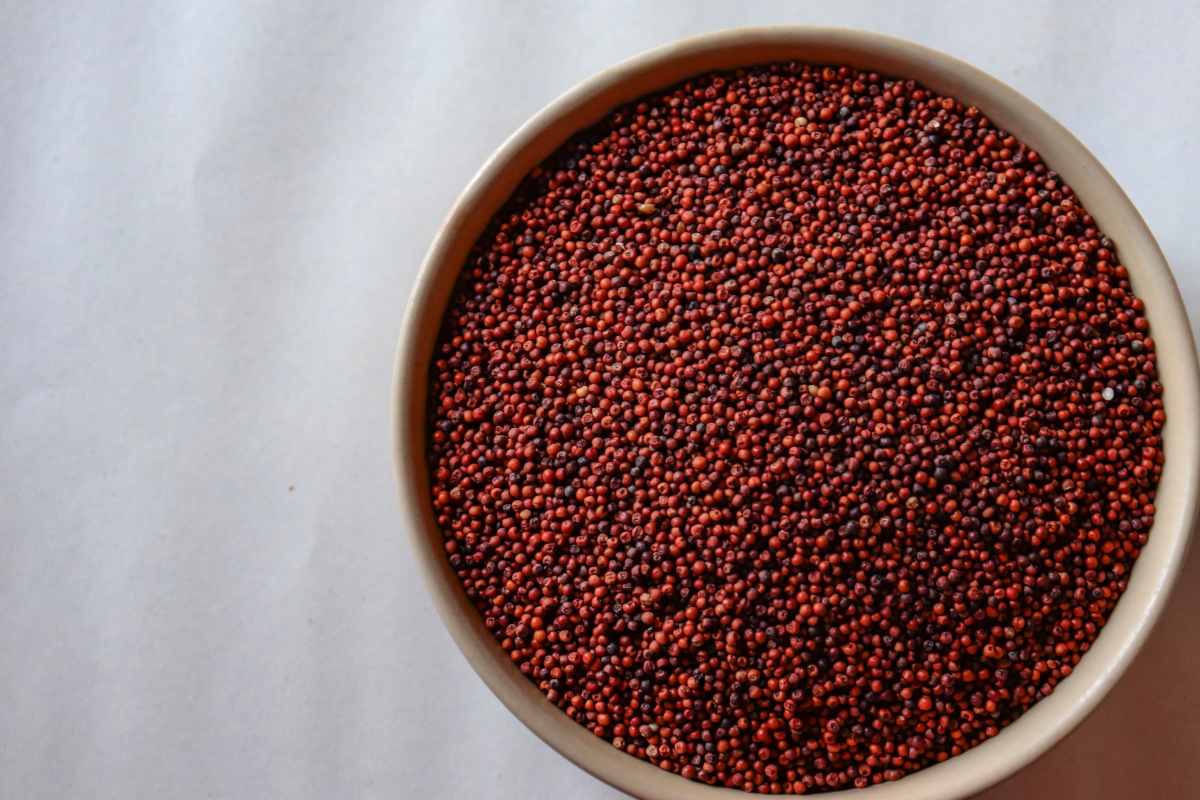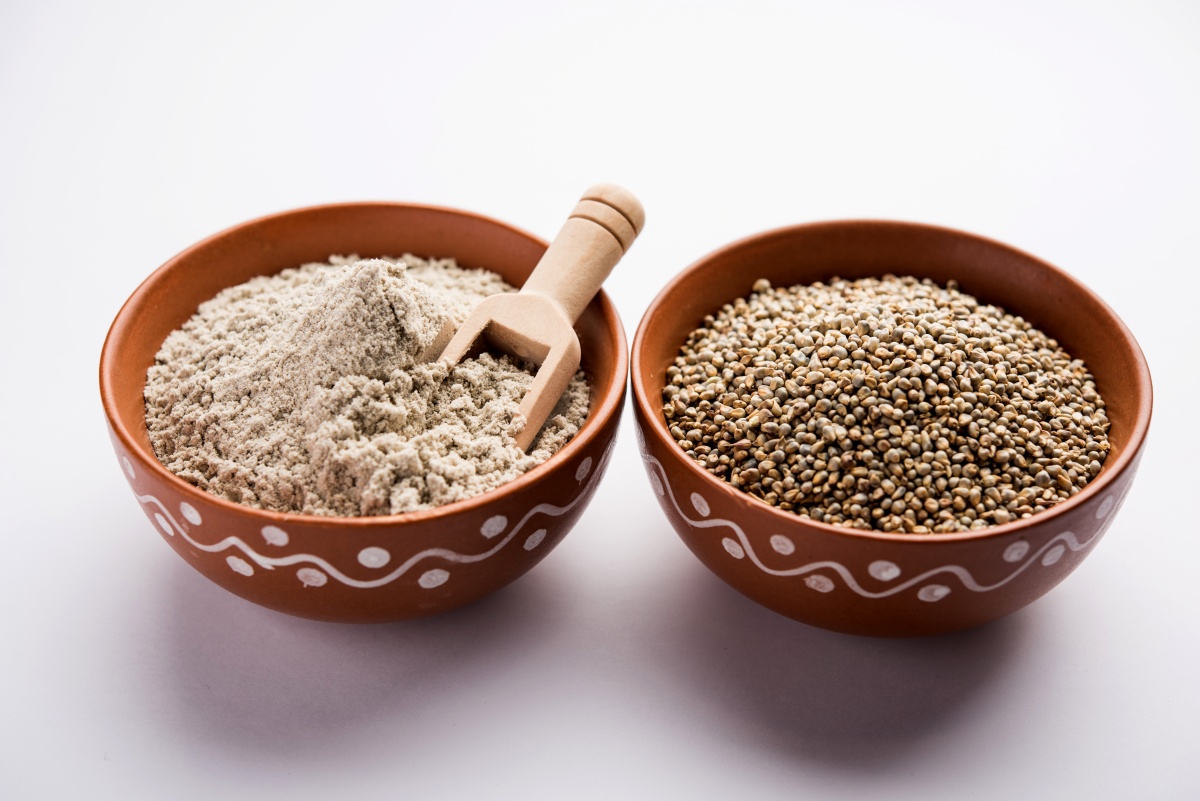
For years, we’ve been told that oats and quinoa are the ultimate symbols of health. High-fibre. Protein-packed. Yes, they are good—just not always here. These international grains may not be suited to India’s hot, sunny, humid climate. “Oats and quinoa are positively healthy from a worldwide perspective,” says Ajay Kangralkar, founder of SkyRoots Ventures LLP, “but in India, they could lead to bloating and indigestion.”
They contain compounds like phytates and saponins, which aren’t gut-friendly for everyone. Quinoa, in particular, needs soaking and rinsing to reduce its bitterness and digestive impact. But how many of us really do that before boiling it and dumping it into a salad? Meanwhile, you’re wondering why your six-pack never shows up and why your stomach feels like a gas balloon after a “healthy” quinoa bowl.
Now imagine food that’s healthy, light, filling, and doesn’t fight with your digestive system. Imagine food that your ancestors thrived on… food that grew in the same soil, under the same sun, in the same seasons. Welcome to the world of Positive Millets.
“Positive” isn’t just a motivational buzzword here. Kangralkar explains, “Millets like bajra (pearl millet), jowar (sorghum), kodo, foxtail, and barnyard millet are alkaline in nature. This means they help detoxify your system, improve gut health, and don’t form sticky substances in the gut like gluten does.” So while oats may leave you feeling stuffed and quinoa may make your belly bubble, millets are like that calm friend who doesn’t interrupt…. just listens, absorbs, and leaves you feeling better. You’ll find millets in every local kirana store or on every online grocery app. No need to Google “How to pronounce quinoa” ever again.
A variety of positive millets are available in the market (Getty Images)
Why Millets Just “Get” Us
Ever notice how you feel different in the monsoon versus the summer? That’s your body reacting to your environment. And just like your moods, your food should match your biological rhythm. Millets are hyperlocal, seasonal, and adaptive to India’s dry and hot weather. They’ve grown here for centuries, long before oats arrived in trendy supermarket shelves with shiny packaging and foreign-sounding brand names.

Ragi is high in calcium (Getty Images)
Another cool thing about Positive Millets: They absorb water while cooking. This means they expand in your stomach, making you feel full faster. No bloating. No food coma. No sitting in meetings wondering why you feel like a stuffed samosa. They also contain natural fibre, minus the irritating compounds found in oats and quinoa. Which means digestion is smooth, energy is stable, and your gut is… well, happier.
How To Use Positive Millets:

Bajra is rich in fibre (Getty Images)
Kangralkar has some millet hacks for anyone ready to make the switch. These swaps don’t require you to break your budget or your brain:
- Ditch your morning oats and try jowar porridge or foxtail millet upma.
- Skip the quinoa salad for lunch and go for a comforting kodo millet pulao.
- Give your idlis a twist with millet batter: same taste, less stress on your stomach.
Choosing Positive Millets is about eating in harmony with your climate, your culture, and your gut. Millets are also sustainable, requiring less water to grow, and supporting India’s local farmers. So you’re not just helping your body; you’re helping the planet. At the end of the day, you don’t need to chase foreign food trends to be healthy. You just need to listen to your body. Positive Millets are a return to food that fits us.
Read more:
- Beware The Insta-Digestion Trend, Quick Fixes For Bloating Could Lead You To The Operating Table
- Did You Know That Dark Chocolate Can Help You Manage Diabetes And Other Lifestyle Diseases? Here Are Some Hidden Health Benefits Of This Delight
- Missing Micronutrients Might Be The Link To Chronic Pain In The Body, Says New Study
- Between Jalebi And Judgement, Rethink Your Relationship With Desi Snacks And Sweets




